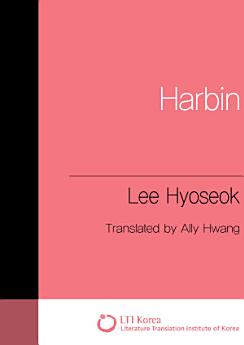Harbin
Tungkol sa ebook na ito
The dialogue between the protagonist who considers himself a skeptic and a cabaret worker, Eura, who says, “I always think I just want to die,” is the main storyline of this short story. This work effectively describes the desolate inner sentiments, feelings, and skepticism of the protagonist who travels to Harbin and the sorrowful sentimentality of the city. In addition, “Harbin” impressively portrays that the Second World War, which broke out in 1939, greatly influenced the city of Harbin, which was located in Northeast China at the time. This is evident especially in the lines describing the closed French and Dutch Consulates on Kitai Tverskaya, the main street of Harbin where Russian stores and Western style buildings are located. The theme of this work seems to be the sorrow of an intellect under colonization, feeling only fundamentally skeptical and depressed, even while conversing with a beautiful waitress at the exotic Harbin’s hotel, cabaret, and café where Tchaikovsky’s chamber music plays.
Mga rating at review
Tungkol sa may-akda
Lee Hyo-seok (1907-1942) was born in Bongpyeong in Pyeongchang Province in 1907 and his pen name is Gasan. In 1928 while attending Gyeongseong Imperial University, he made his debut by publishing “City and Ghost” in the magazine The Light (Joseonjigwang). In earlier years, he wrote as a “fellow traveler,” publishing socially critical works.
Along with the general decline of proletarian literature, he sought a new genre of literature: lyricism. Publishing “Hog” (1933) as his turning point, he became absorbed in the world of eroticism, using idyllic settings, and freeing himself from his political tendency. The works that show this new tendency are “Bunnyeo” (1936), “In the Mountains” (1936), and “The Buckwheat Season” (1936).
His works are generally categorized as having three tendencies: the tendency of the “fellow traveler,” eroticism, and xenophilia. His well-received works published in the 1930s are highly appreciated; they were considered the most shining artistic achievement during the colonization period over all.







